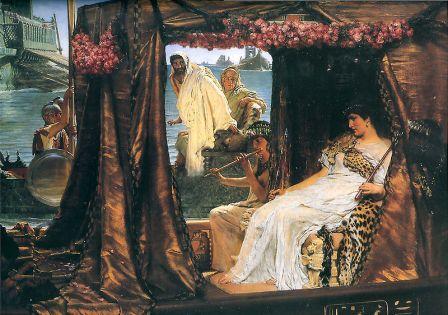Some of the inspiring women in Gamal Kotob's book
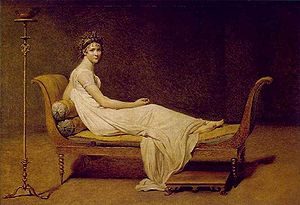
Madame Récamier
The Portrait of madame Récamier is an 1800 portrait of Juliette Récamier by Jacques Louis David showing her reclining on an empire style sofa in an empire line dress as a modern vestal virgin. He began it in May 1800 but voluntarily left it unfinished when he learned that François Gérard had been commissioned before him to paint a portrait of the same model (Gerard's portrait was completed in 1802). The pose of a reclining figure looking back over her shoulder was adopted in 1814 by Ingres for his Grande Odalisque. It is now in the Louvre.

Lady Hamilton Emma, Lady Hamilton (born 1761; baptised 12 May 1765 – 15 January 1815) is best remembered as the mistress of Lord Nelson and as the muse of George Romney. She was born Emy Lyon in Ness near Neston, Cheshire, England, the daughter of a blacksmith, Henry Lyon, who died when she was two months old. She was brought up by her mother, formerly Mary Kidd, at Hawarden, with no formal education. She later changed her name to Emma Hart.
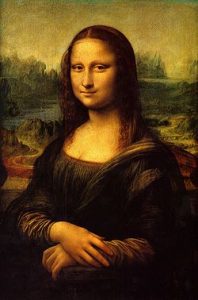
La Gioconda Mona Lisa (also known as La Gioconda) is a 16th century portrait painted in oil on a poplar panel by Leonardo da Vinci during the Italian Renaissance. The work is owned by the Government of France and is on the wall in the Louvre in Paris, France with the title Portrait of Lisa Gherardini, wife of Francesco del Giocondo. It is perhaps the most famous painting in the world. The painting is a half-length portrait and depicts a woman whose expression is often described as enigmatic. The ambiguity of the sitter's expression, the monumentality of the half-figure composition, and the subtle modeling of forms and atmospheric illusionism were novel qualities that have contributed to the painting's continuing fascination. It is probably the most famous painting that has ever been stolen from the Louvre and recovered. Few other works of art have been subject to as much scrutiny, study, mythologizing, and parody.
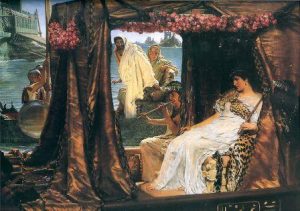
Cleopatra: Cleopatra VII Philopator (in Greek, Κλεοπάτρα Φιλοπάτωρ; January 69 BC – August 12, 30 BC) was the last effective pharaoh of Egypt's Ptolemaic dynasty. She originally shared power with her father Ptolemy XII and later with her brothers Ptolemy XIII and Ptolemy XIV, whom she also married, but eventually gained sole rule. As pharaoh, she consummated a liaison with Gaius Julius Caesar that solidified her grip on the throne. She later elevated her son with Caesar, Caesarion, to co-ruler in name.
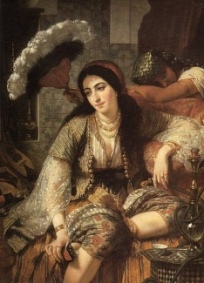
Sheherezade: Every day Shahryar (Persian: شهريار or "king") would marry a new virgin, and every day he would send yesterday's wife to be beheaded. This was done in anger, having found out that his first wife was betraying him. He had killed three thousand such women by the time he was introduced to Scheherazade, the vizier's daughter. Against her father's protestations, Scheherazade volunteered to spend one night with the King. Once in the King's chambers, Scheherazade asked if she might bid one last farewell to her beloved sister, Dinazade, who had secretly been prepared to ask Scheherazade to tell a story during the long night. The King lay awake and listened with awe to Scheherazade's first story and asked for another, but Scheherazade said there was not time as dawn was breaking, and regretfully so, as the next story was even more exciting. And so the King kept Scheherazade alive as he eagerly anticipated each new story, until, one thousand and one adventurous nights, and three sons later, the King had not only been entertained but wisely educated in morality and kindness by Scheherazade who became his Queen.
